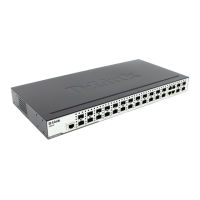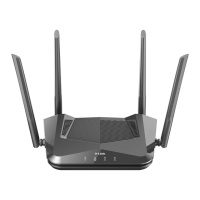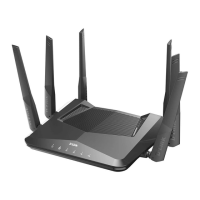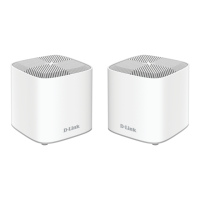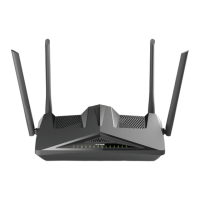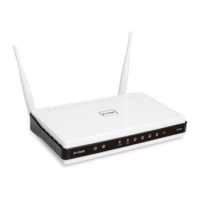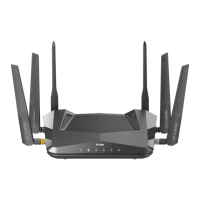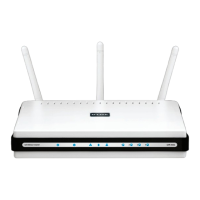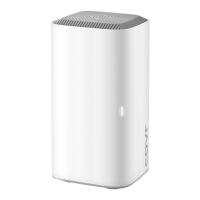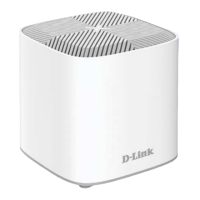xStack® DES-3200 Series Layer 2 Managed Fast Ethernet Switch
74
MSTP Port Information
This window displays the current MSTI configuration information and can be used to update the port configuration
for an MSTI ID. If a loop occurs, the MSTP function will use the port priority to select an interface to put into the
forwarding state. Set a higher priority value for interfaces to be selected for forwarding first. In instances where the
priority value is identical, the MSTP function will implement the lowest MAC address into the forwarding state and
other interfaces will be blocked. Remember that lower priority values mean higher priorities for forwarding packets.
To view the following window, click L2 Features > Spanning Tree > MSTP Port Information, as show below:
Figure 4-26 MSTP Port Information window
The fields that can be configured are described below:
Parameter Description
Select the port you want to configure.
Instance ID The MSTI ID of the instance to be configured. Enter a value between 0 and 15. An
entry of 0 in this field denotes the CIST (default MSTI).
Internal Path Cost
(1-200000000)
This parameter is set to represent the relative cost of forwarding packets to specified
ports when an interface is selected within an STP instance. Selecting this parameter
with a value in the range of 1 to 200000000 will set the quickest route when a loop
occurs. A lower Internal cost represents a quicker transmission. Selecting 0 (zero) for
this parameter will set the quickest route automatically and optimally for an interface.
Priority Enter a value between 0 and 240 to set the priority for the port interface. A higher
priority will designate the interface to forward packets first. A lower number denotes a
Click the Find button to locate a specific entry based on the information entered.
Click the Apply button to accept the changes made.
Click the Edit button to re-configure the specific entry.
Link Aggregation
Understanding Port Trunk Groups
Port trunk groups are used to combine a number of ports together to make a single high-bandwidth data pipeline.
The Switch supports up to 32 port trunk groups with two to eight ports in each group. A potential bit rate of 8000
Mbps can be achieved.
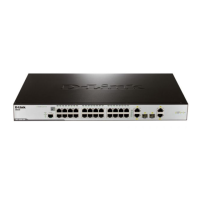
